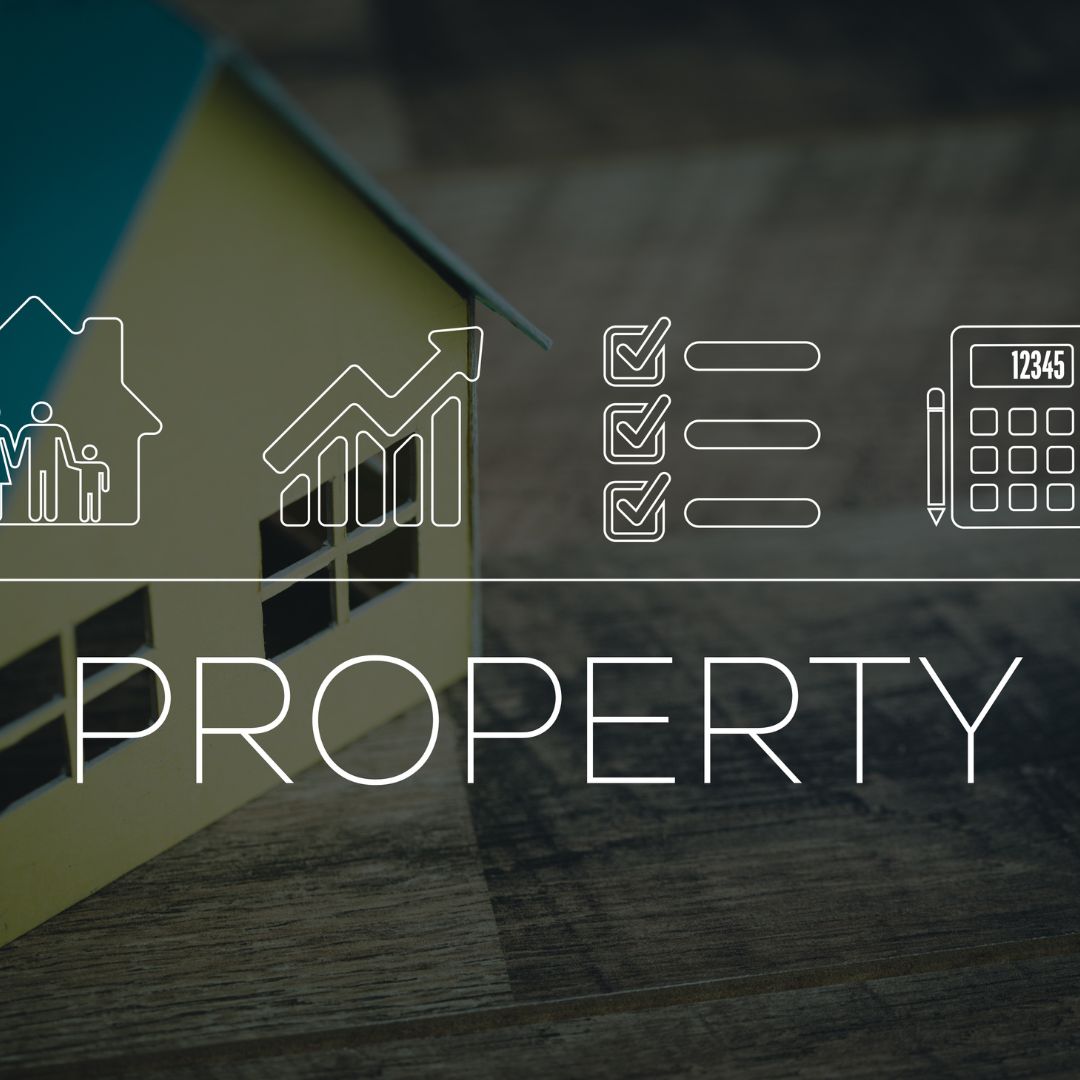USDA Loan Income Limits
USDA Eligibility California Agriculture

The area is a part of the CRP, or Conservation Reserve Program. The Agricultural Conservation Easement Program, or ACES, has been activated for the property. The Environmental Quality Incentives Program, or EQIP, has the land as a participant. The Farm Service Agency or the Natural Resources Conservation Service has made one or more payments to the land.
Most loans will be approved by the Department of Agriculture (USDA) within a week. If the borrower is unable to repay their debt by the deadline stipulated in the loan agreement, it simply takes more than a week. USDA is in charge of ensuring that the money given to borrowers is utilised for the purposes specified in the loan agreement. To ensure that the applicant has the funds to repay the loan, the application process also involves examining the borrower's credit history.
Within two weeks, you can anticipate having your loan application accepted. You will have 60 days from the time of approval to complete the project and repay the loan. You will have to repeat the process if you are unable to pay back the loan on time. Depending on how long it takes you to repay the loan, your repayment period could extend from four to eight years.
USDA Loan Income Limits


